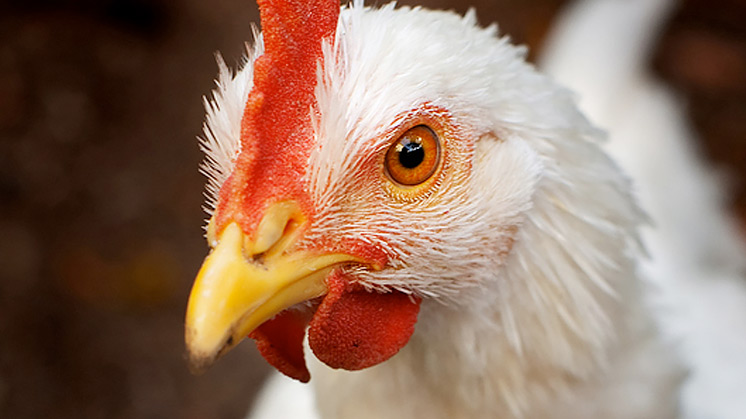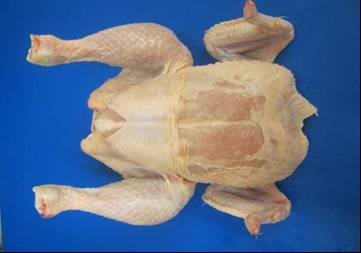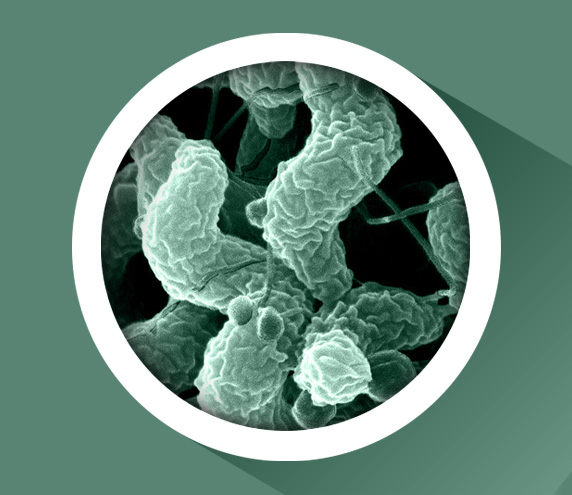Steam as a Decontamination Method

Aim: To evaluate the application of steam as a decontamination method for poultry carcases to reduce the levels of campylobacter.
Project outline
The project consisted of 3 stages
- Off line application of steam to carcases assess effect on campylobacter.
- Building a tunnel with steam jets on the processing line.
- Assessment of carcases after steam treatment for customer acceptability.
A steam chamber was constructed around the main process line just after the inside / outside washer and prior to entering the main in-line chill. With the steam switched on the impact on product quality (particularly skin structure) and microbiological loading was assessed.
The machine was in operation for approximately 5 minutes and achieved an operating temperature of 90oC. The birds were in contact with the steam for 5.2 seconds. 5 micro samples were collected pre-steam treatment and 5 samples were collected post steam treatment samples were sent to the lab for campylobacter, TVC, coliforms and pseudomonas analysis.
10 samples were visually assessed pre- & post- steam treatment and post-chilling and trussing; this was to visually assess the birds for any physical defects.
Results
Results showed that at best the treatment had no impact on the microbial loading of the neck skins.
Campylobacter levels were slightly higher on the post-treatment samples, but this was not statistically significant.
It was noted that product which underwent steam treatment had very ‘delicate’ skin and when collecting the product it was noted that the skin was very ‘fragile’. During trussing the skin was torn in the thigh area and the vent.
The microbial benefit of this treatment on campylobacter and other common microflora was not realised during this trial. This point, coupled the amount of skin damage and disruption, would render the treated whole birds as unsuitable for retail sale in the whole bird, or skin-on portion formats.


Conclusion
Steam is an effective microbiological decontaminant. However, applied directly to the carcase during processing, steam did not provide any significant microbiological reduction.
The organolepic effects on the carcase resulted in changes to the colour and consistency of the skin. The skin was significantly damaged/torn during further processing and handling. The birds were assessed as unacceptable for retail sale.

